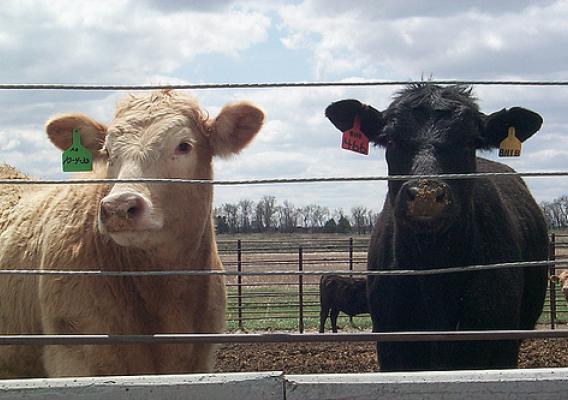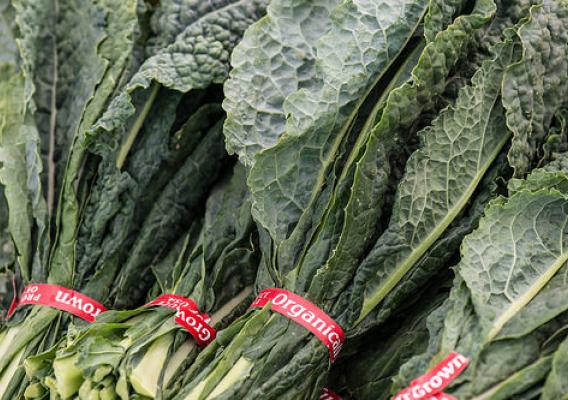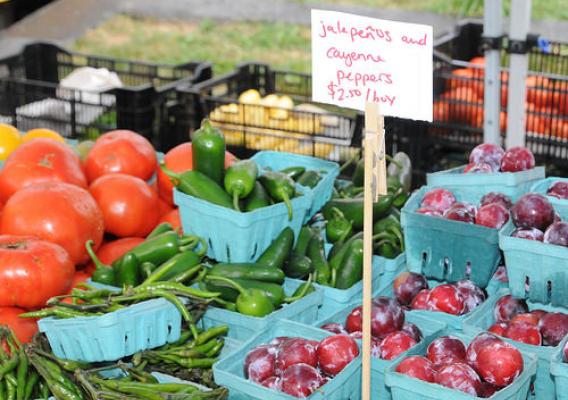During the 1950s and 1960s, the adage “a rising tide lifts all boats” broadly applied to the U.S. economy. As average income grew, the share of the population living in poverty fell rapidly. In the 1970s and 1980s, however, this relationship changed: average income continued to rise, but poverty increased. This means that incomes actually fell for many families in the lower portion of the income distribution. In other words, income inequality increased, and this translated into higher poverty despite a growing economy.
Recent work by USDA’s Economic Research Service (ERS) shows that this dynamic persists, and helps explain trends in poverty among children in rural areas. According to official estimates, the share of rural children living in poverty grew between 2003 and 2007 even as the national economy expanded. Between 2007 and 2010, this share continued to increase, as might be expected given the profound economic recession of 2007-09. But the rural child poverty rate continued to rise through 2012, peaking at 26.7 percent, its highest level since at least 1968 -- despite the resumption of economic growth at the national level. The rate finally began to decline between 2012 and 2014, but the 2014 level was well above that of 2003.









